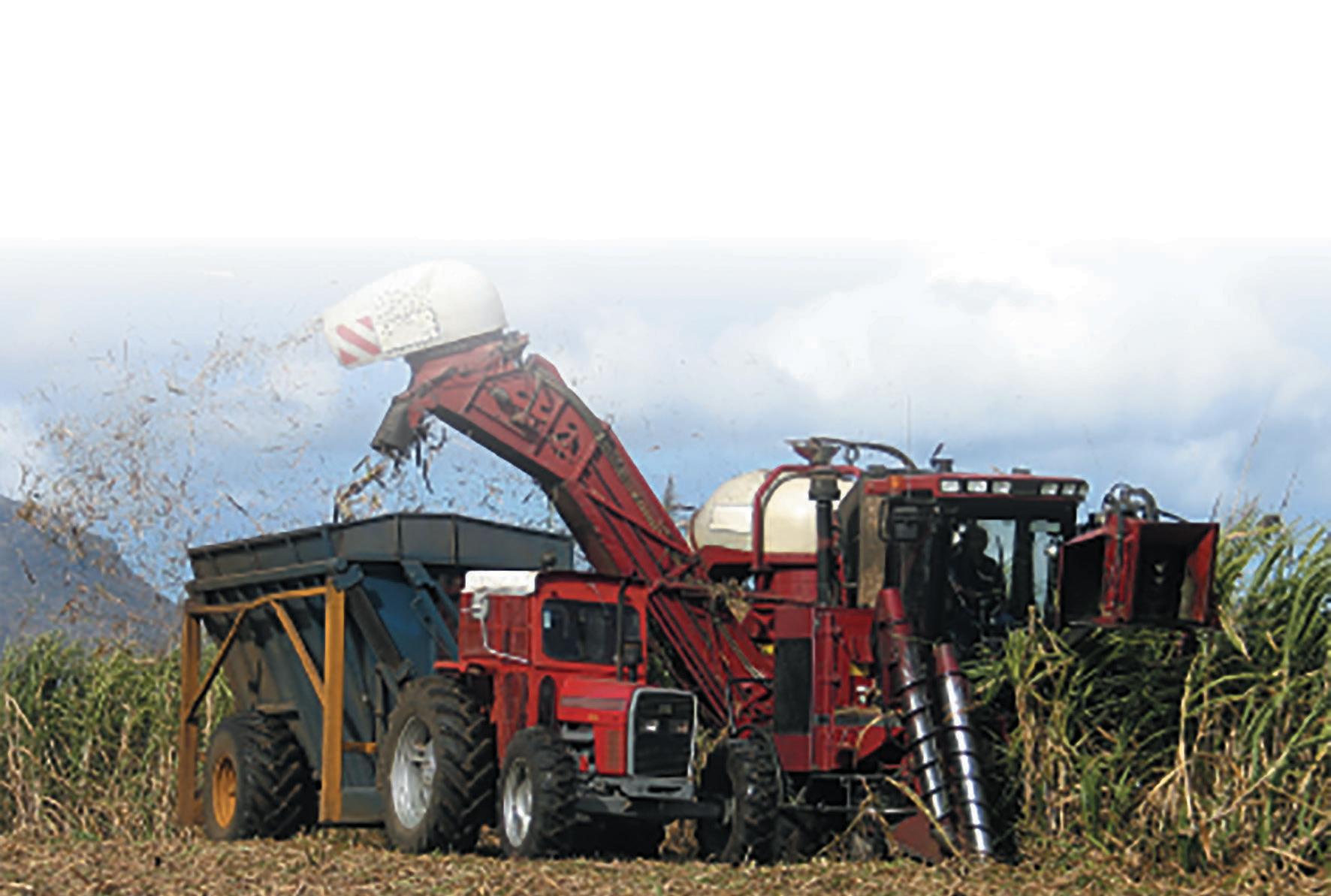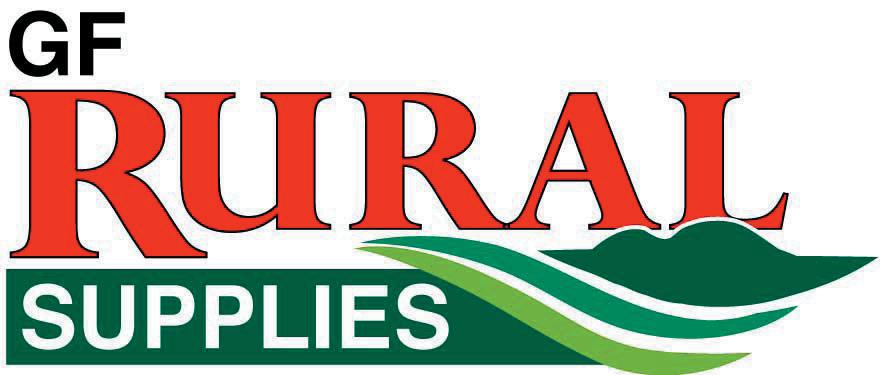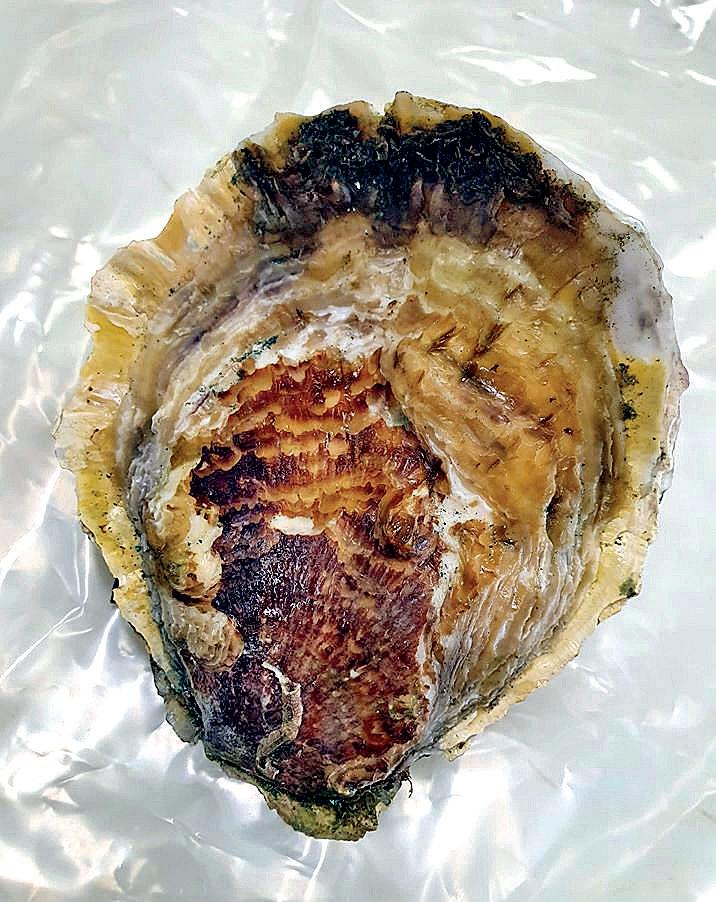
5 minute read
Preparation underway for the coming bushfire season
Preparation Underway for the Coming Bushfire Season
THE Cassowary Coast region is not immune from bushfire each season. In late 2019 significant bushfire events across the region caused concern for residents as well as government agencies.
Advertisement
Residents south of Cardwell were placed on alert in October with a bushfire burning near the Bruce Highway at Damper Creek, south of Cardwell
In November 2019 a state of Emergency was declared across Queensland including several regions in the Far North. Cassowary Coast was one of the six LGAs covered by this declaration. The horrific bushfire season and the lessons learned in 2019/2020 should not be forgotten.
Queensland Fire and Emergency Services (QFES) is getting ready for Bushfire Season with preparations under way across the state.
Fire and Emergency Services Minister Craig Crawford said QFES, its partner agencies and landholders undertook Operation Cool Burn between April and August each year.
“Operation Cool Burn is about the protection of Queensland communities using various bushfire mitigation activities,” Mr Crawford said.
“These activities include fire break upgrades and maintenance, slashing, community education and hazard reduction burning.
“Hazard reduction burning is already under way in many areas of the state to reduce fuel loads and some Queenslanders may have noticed smoke in the air as a result.”
Mr Crawford said while hazard reduction burns may not prevent a bushfire, they could reduce a bushfire’s severity, giving firefighters the upper hand.
“QFES and its partner agencies look at landscapes across the state and identify which locations are most at risk and the best strategy to mitigate this risk – which isn’t always a hazard reduction burn.
“These burns are by far the most visible of our mitigation strategies, however they are only one part of a much broader toolkit of activities aimed at protecting communities,” he said.
INCREASED community surveillance and awareness of Cooktown and Cairns. marine pests has led to the discovery of the exotic pest species, the black scar oyster (Magallana bilineata) in three Far North Queensland locations.
Exotic pest oyster found in Far North
“A commercial fisher cleaning his boat found some specimens in Port Douglas, while the population in Cooktown was detected by Indigenous Rangers trained in marine pest
“Burns are conducted where it is safe and effective to do so, but there are instances where they cannot proceed, such as when the ground is too wet to burn effectively.
“This is why QFES takes a varied and comprehensive approach to bushfire mitigation.” Mr Crawford said there was a significant increase in the number of permitted burns conducted in the lead-up to the 2019 bushfire season.
“In the 2018-19 financial year, QFES data shows the total Permit to Light Fire activations was more than 26,600 – up by nearly 400 from the previous financial year,” he said.
QFES Commissioner Greg Leach said QFES assisted and supported landholders and partner agencies to conduct burns where possible to take advantage of favourable weather conditions.
“We encourage private landholders to conduct mitigation activities on their own land and we will continue to provide advice and assistance to support them.
“Landholders interested in conducting a burn on their own land should remember to apply for a Permit to Light Fire, which is available at no cost through their local fire warden.
“Residents should ensure they equip themselves with their own tools such as an up-to-date Bushfire Survival Plan so they know what they will do if a bushfire threatens their area.
“It is also important to know where to find accurate information by using the QFES website and social media pages
Biosecurity Queensland General Manager John Robertsurveillance,” Dr Robertson said. son confirmed the oyster has been detected in Port Douglas, “The Cairns detection was made during a university research survey and detected simultaneous
HARVEST SPECIAL
ly through the Q u e e n s l a n d Seaports eDNA S u r v e i l l a n c e (Q-SEAS) marine pest detection program.
“These detec PURCHASE ANY SPECIALLY MARKED 205 LITRE DRUM OF tions highlight
GULF WESTERN OIL AND RECEIVE THE BELOW FREE! the ongoing 1 x 20 LITRE OF EQUIVALENT OIL & threat of marine pests and the SPECIALLY MARKED 205L INCLUDE: importance of • Top Dog XDO® 15W-40 CI-4/SL • Ultra Clear Diff Lub 80W-140 ongoing marine • Top Dog Global Mineral® • Gear Lube 85W-140 pest surveillance 15W-40 CJ-4/SN • Superdraulic® ISO 68 activities by the • Top Dog CK-4 15W-40 CK-4 • Gulf Harvester ISO 68 community and • Agriblue UTTF 10W-30 • Clearonox (Adblue) Q u e e n s l a n d ’s • Agritrans UTTF 10W-20 Expiry 30th June 2020 Q-SEAS marine pest detection program.”



Dr Robertson said Biosecurity Queensland is investigating the extent of the incursions to determine potential future control, monitoring or treatment measures.
“Black scar

oyster has not been previously detected in Australian waters and little is known about this pest and its potential impacts in Queensland,” he said.
“The national Consultative Committee on Introduced Marine Pest Emergencies (CCIMPE) has been notified of the detection and will provide advice to Biosecurity Queensland during the development of future management options.”
The black scar oyster fouls submerged and floating infrastructure including pylons, pontoons and boats with the ability to occupy disturbed habitats including shallow subtidal sites in quiet locations.
The marine pest shares the traditional features of tropical oysters and is not distinguishable from its native counterparts in the early stages of life cycle. A mature black scar oyster can be identified by its distinctive size of up to 18cm in length which is much larger than native species.
Boaties should maintain regular maintenance and cleaning of their vessel to prevent spreading the pest, by doing the following: • apply antifouling paint • clean boats in a dry dock or slipway (out of the water) • look out for any attached pests • check and clean gear including pots, nets, fishing or diving gear, anchors and ropes, before moving between locations.
Everyone has a general biosecurity obligation (GBO) to take all reasonable and practical steps to minimise the risk of black scar oyster spreading.
If you suspect black scar oyster or see a suspicious marine organism, please report it immediately to Biosecurity Queensland on 13 25 23.
More information is available online at www.daf. qld.gov.au
Follow Biosecurity Queensland on Facebook and Twitter (@BiosecurityQld)










